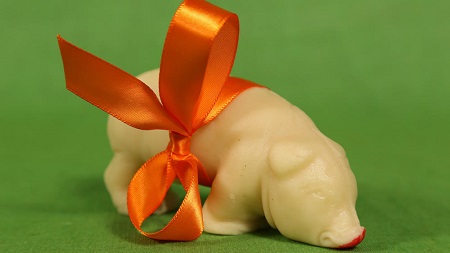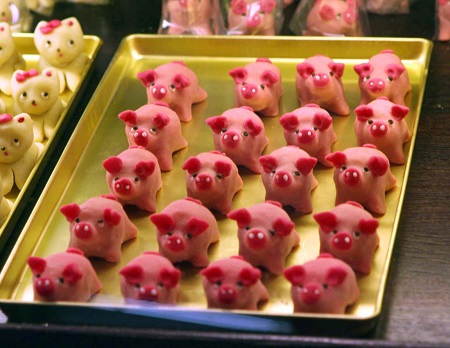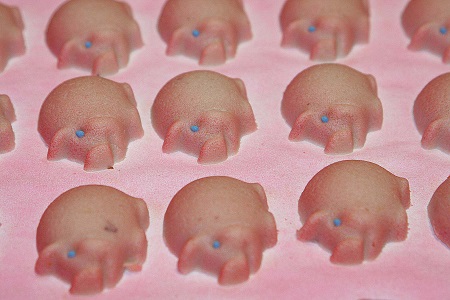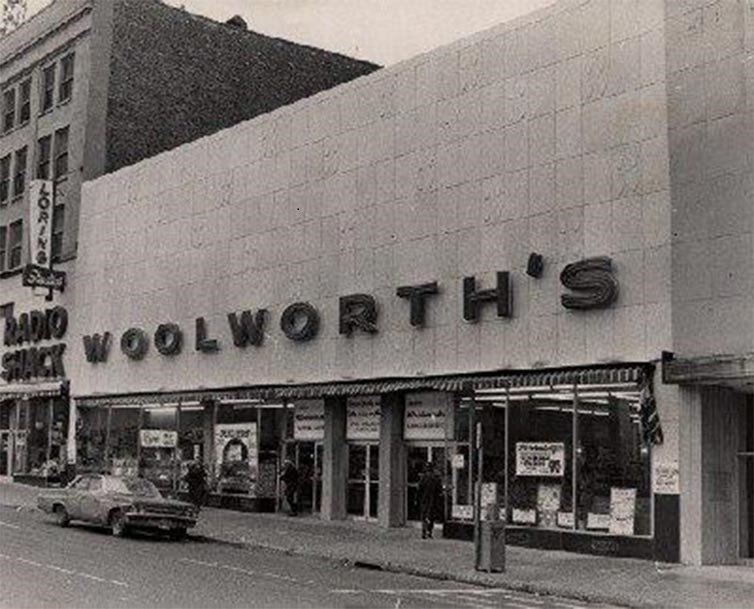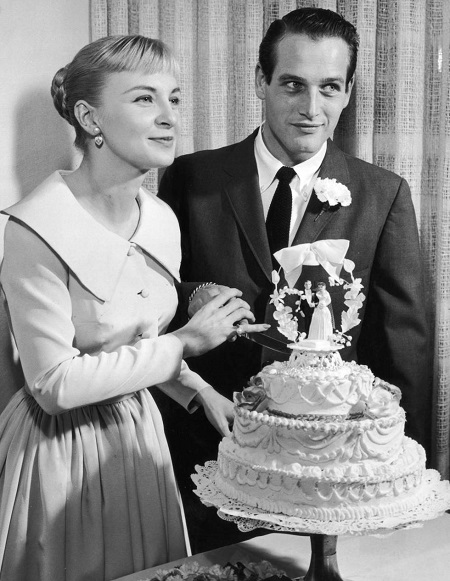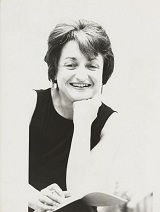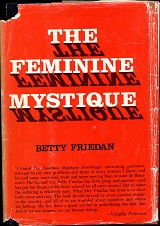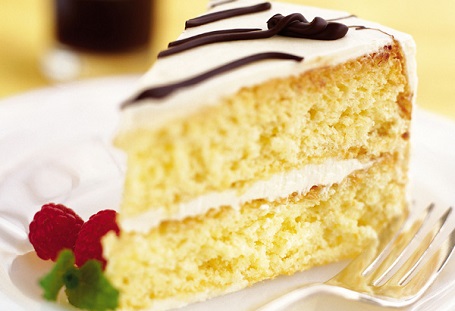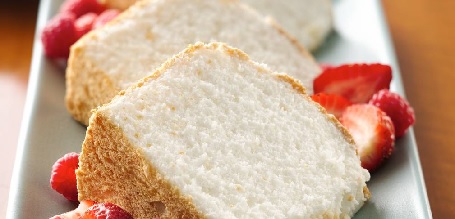|
|
- "Betty
Friedan (1921–2006)," National Women's History Museum
Women's rights leader and activist Betty Freidan was born in
1921 to Russian Jewish immigrants. A summa cum laude graduate
of Smith College in 1942, Friedan trained as a psychologist at
University of California, Berkeley, but became a suburban
housewife and mother in New York, supplementing her husband’s
income by writing freelance articles for women’s magazines.
- "Betty
Friedan Interview," The First Measured Century,
PBS
QUESTION: And that's where your children grew up?
BETTY FRIEDAN: So my children, yes, they grew up in Rockland
County, and I wrote my book, The Feminine Mystique.
And after I was fired for being pregnant, I was technically a
housewife. And it was the era that I later analyzed, the
"feminine mystique" era, [when] "career woman" was a dirty
word. And so I didn't want a career anymore. [But] I had to do
something. So I started freelancing for women's magazines.
And then I was asked to do a questionnaire of the alumni
reunion at Smith, 15 years after we graduated, so this would
have been 1957. And I, after all, had had some training with
questionnaires [as a] psychologist, and as a reporter. But I
put entirely too much work in this questionnaire, [and] I
decided I'd make an article. I wrote for the women's magazine
and [for] McCall's, Redbook, Ladies Home
Journal.
There had been a book out called Modern Woman, the Lost
Sex, which said [that] too much education was making
American women frustrated in their roles as women, and they
would readjust to their role as women. But I believed in
education for women so I thought I'd disprove this with my
questionnaire. But, of course, my questionnaire didn't
disprove that. But it showed that with all the education,
American women were frustrated in just the role of
housewife—but they also managed to enlarge it. And they
weren't just housewives, they were community leaders, at least
the Smith graduates were. But whatever I wrote was heretical.
It offended the editors of the women's magazines. So after I
had about four versions of it turned down, I said, "Hey,
what's going on here?" Because I had never had an article
turned down. And I realized that what I was saying was
threatening, somehow, to the editors of these women's
magazines. That it threatened the very world they were trying
to paint, what I then called the "feminine mystique." And I
would have to write it as a book, because I wasn't going to
get it in a magazine. And the rest is history.
- Louis Menand, "Books
as Bombs: Why the Women's Movement Needed The Feminine
Mystique," The New Yorker 24 Jan. 2011.
When Friedan was writing her book, the issue of gender
equality was barely on the public’s radar screen. On the
contrary: it was almost taken for granted that the proper goal
for intelligent women was marriage—even by the presidents of
women’s colleges. Coontz quotes the president of Radcliffe
suggesting that if a Radcliffe graduate was really lucky she
might end up marrying a Harvard man. Friedan quoted the
president of Mills College citing with approval the remark
“Women should be educated so that they can argue with their
husbands.”
- Emily Bazelon, "The
Feminine Mystique at 50," Slate (2013)
[...] in her masterful introduction to this 50th-anniversary
edition we are reading, Gail Collins says that “if you want to
understand what has happened to American women over the last
half-century, their extraordinary journey from Doris Day to
Buffy the Vampire Slayer and beyond, you have to start with
this book.” She’s exactly right. Here’s one tiny example: In
the book, Betty recounts giving up a fellowship she won after
graduating from Smith, which would have supported her in
getting a Ph.D. in psychology, because a boy she liked said
their relationship would have to end since he’d never win a
fellowship like hers. She writes, “I gave up the fellowship,
in relief.” What? In relief? This is inconceivable to
me. I don’t mean compromising one’s career goal for love,
which I’ve done, but giving up a plum opportunity because of a
guy’s insecurity—that is not in my universe. And that shift
captures much of the power of this book, right? For
middle-class American women, it changed the whole deal—the
aspirations we felt we could have and the reception we
expected for them.
- Betty Friedan, "The
Problem That Has No Name," The Feminine Mystique
(New York: Norton, 1963)
|
